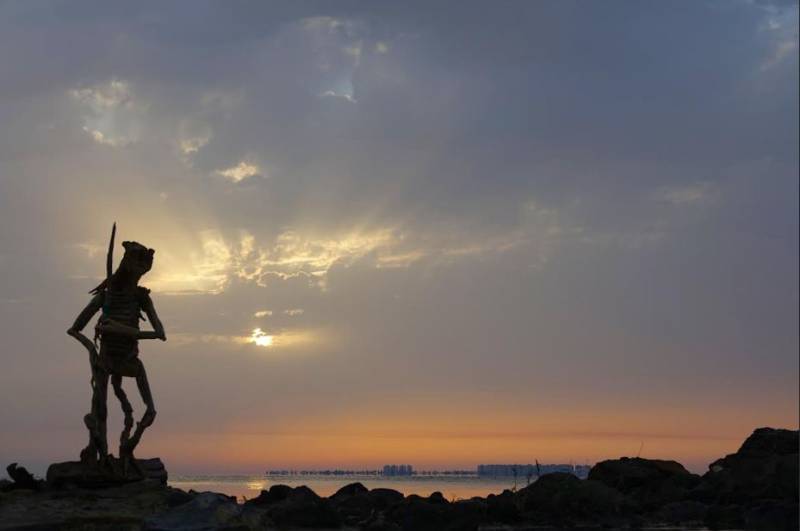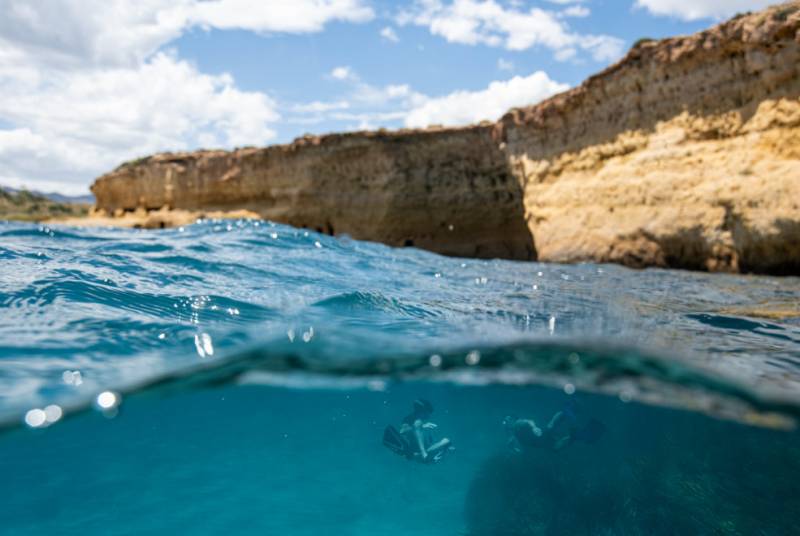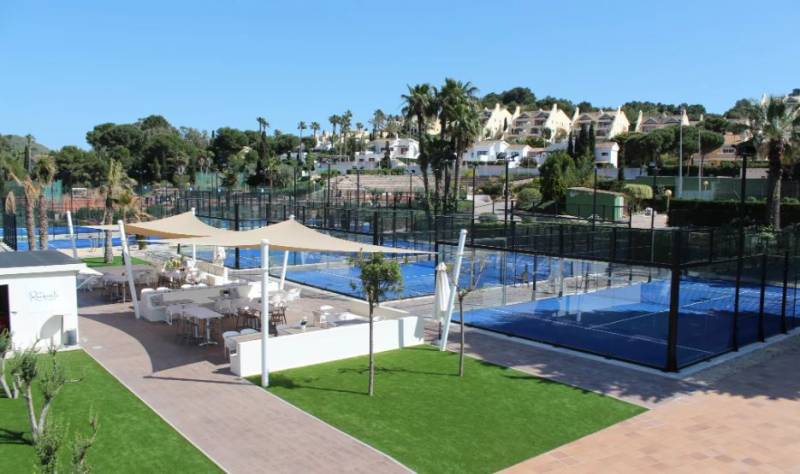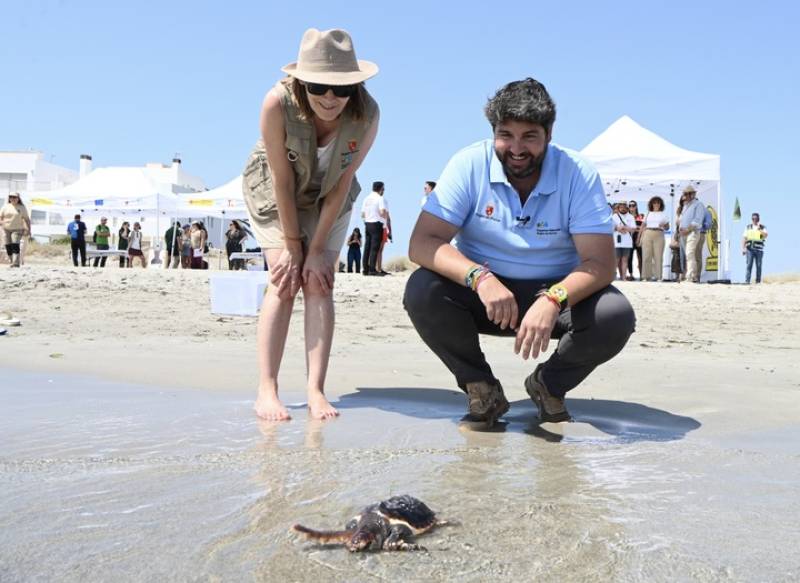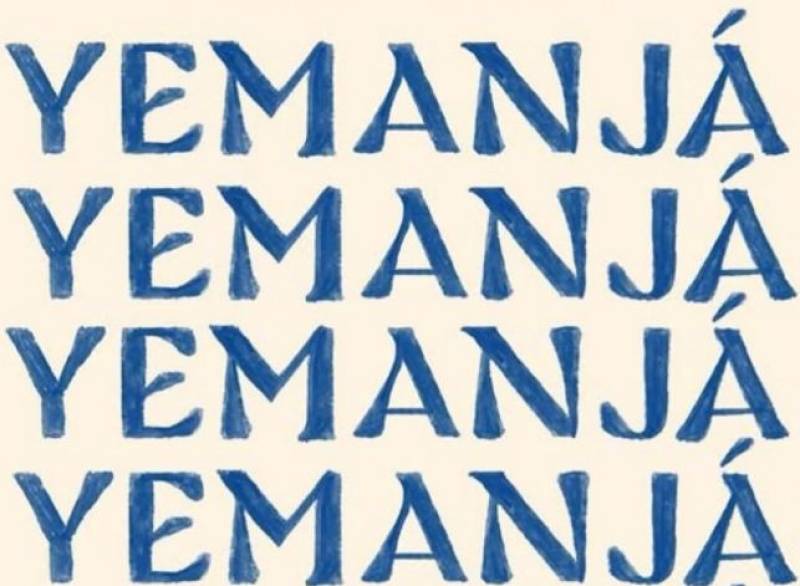- Region
- Águilas
- Alhama de Murcia
- Jumilla
- Lorca
- Los Alcázares
- Mazarrón
- San Javier
-
ALL AREAS & TOWNS
- AREAS
- SOUTH WEST
- MAR MENOR
- MURCIA CITY & CENTRAL
- NORTH & NORTH WEST
- TOWNS
- Abanilla
- Abarán
- Aguilas
- Alamillo
- Alcantarilla
- Aledo
- Alhama de Murcia
- Archena
- Balsicas
- Blanca
- Bolnuevo
- Bullas
- Cañadas del Romero
- Cabo de Palos
- Calasparra
- Camping Bolnuevo
- Campo De Ricote
- Camposol
- Canada De La Lena
- Caravaca de la Cruz
- Cartagena
- Cehegin
- Ceuti
- Cieza
- Condado de Alhama
- Corvera
- Costa Cálida
- Cuevas De Almanzora
- Cuevas de Reyllo
- El Carmoli
- El Mojon
- El Molino (Puerto Lumbreras)
- El Pareton / Cantareros
- El Raso
- El Valle Golf Resort
- Fortuna
- Fuente Alamo
- Hacienda del Alamo Golf Resort
- Hacienda Riquelme Golf Resort
- Isla Plana
- Islas Menores & Mar de Cristal
- Jumilla
- La Azohia
- La Charca
- La Manga Club
- La Manga del Mar Menor
- La Pinilla
- La Puebla
- La Torre
- La Torre Golf Resort
- La Unión
- Las Palas
- Las Ramblas
- Las Ramblas Golf
- Las Torres de Cotillas
- Leiva
- Librilla
- Lo Pagan
- Lo Santiago
- Lorca
- Lorquí
- Los Alcázares
- Los Balcones
- Los Belones
- Los Canovas
- Los Nietos
- Los Perez (Tallante)
- Los Urrutias
- Los Ventorrillos
- Mar De Cristal
- Mar Menor
- Mar Menor Golf Resort
- Mazarrón
- Mazarrón Country Club
- Molina de Segura
- Moratalla
- Mula
- Murcia City
- Murcia Property
- Pareton
- Peraleja Golf Resort
- Perin
- Pilar de la Horadada
- Pinar de Campoverde
- Pinoso
- Playa Honda
- Playa Honda / Playa Paraíso
- Pliego
- Portmán
- Pozo Estrecho
- Puerto de Mazarrón
- Puerto Lumbreras
- Puntas De Calnegre
- Region of Murcia
- Ricote
- Roda Golf Resort
- Roldan
- Roldan and Lo Ferro
- San Javier
- San Pedro del Pinatar
- Santiago de la Ribera
- Sierra Espuña
- Sucina
- Tallante
- Terrazas de la Torre Golf Resort
- Torre Pacheco
- Totana
- What's On Weekly Bulletin
- Yecla


- EDITIONS:
 Spanish News Today
Spanish News Today
 Alicante Today
Alicante Today
 Andalucia Today
Andalucia Today
Date Published: 28/04/2025
More than 900 eels released into the Mar Menor
A major conservation project aims to study this endangered species and assess the impact of fishing
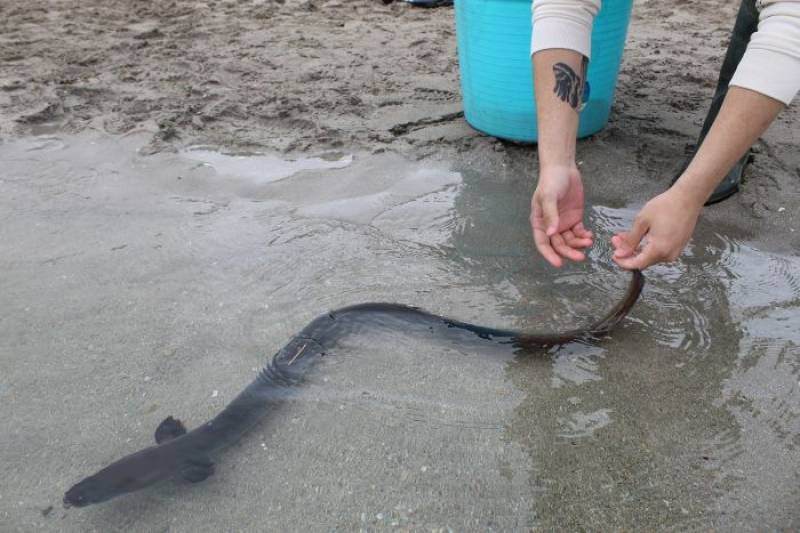
More than 900 eels have been released into the Mar Menor as part of a major project to study and protect the European eel, a species currently classified as endangered.
Led by ANSE (Asociación de Naturalistas del Sureste) and WWF Spain, the initiative seeks to assess the population health of the species and evaluate the impact of fishing activities in the area.
The campaign, which began at the end of 2024 under the GePescArt2 project, concluded with the successful tagging of 911 eels, weighing a total of 410 kilograms.
Each eel was fitted with a plastic anchor tag, and around 300 individuals were additionally marked with a PIT tag (Passive Integrated Transponder) to enable more precise tracking. Following the collection of biometric data, the eels were returned to the waters of the Mar Menor.
Preliminary results are promising. Over the past four months, 67 of the tagged eels have been recaptured by fishermen and released once again into the lagoon by ANSE. These recaptures provide valuable data that will help scientists better understand the eel population’s dynamics, migration patterns and the effects of human activity.
The information gathered will be used by the regional government and fishing communities to determine the sustainability of continuing eel fishing. It will also inform larger-scale policy decisions at both the national and European levels.
This latest project builds on previous efforts by ANSE to conserve the species in the Mar Menor. Since 2017, surveys have been carried out across rivers and coastal wetlands within the Natura 2000 Network as part of the Pleamar Programme.
In 2018 and 2019, researchers fitted adult eels with acoustic telemetry devices, allowing them to track the eels’ epic migration of more than 6,000 kilometres to the Sargasso Sea in the Atlantic Ocean.
Following the recent activities at the Lo Pagán fish market in San Pedro del Pinatar, the project team will continue to monitor eel populations over the coming months, expanding their studies to the wetlands of southern Alicante.
The GePescArt2 project is supported by the Biodiversity Foundation of the Ministry for Ecological Transition and the Demographic Challenge, through the Pleamar Programme, and co-financed by the European Union via the European Maritime Fund for Fisheries and Aquaculture (FEMPA).
Through initiatives like this, conservationists hope to secure a future for the European eel in one of Spain’s most iconic and fragile ecosystems.
Also of interest: Anti-jellyfish nets could return to the Mar Menor this summer
Image: ANSE
Contact Murcia Today: Editorial 000 000 000 /
Office 000 000 000












